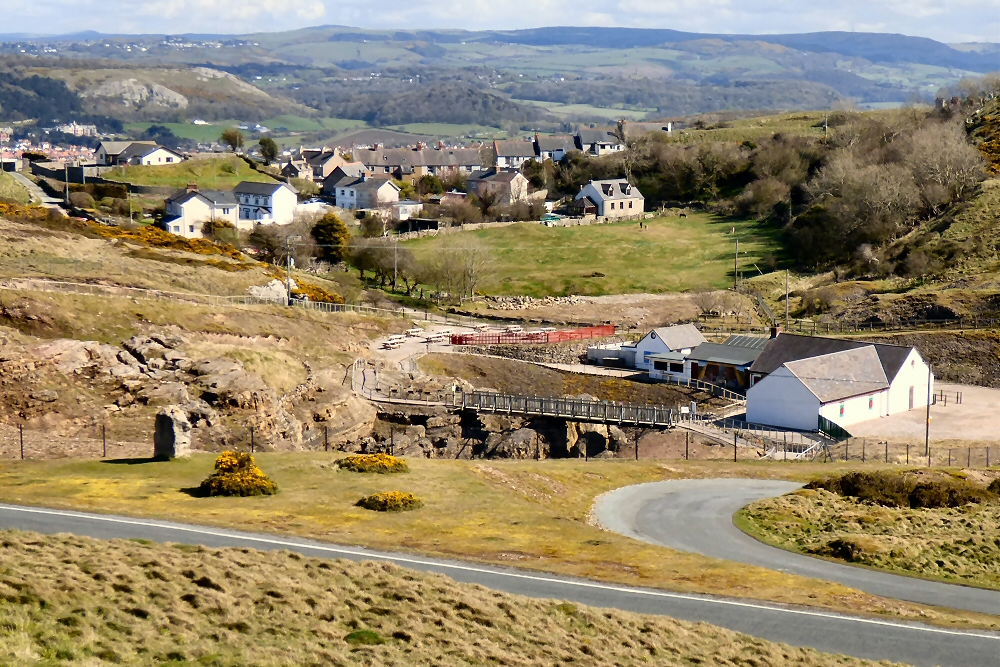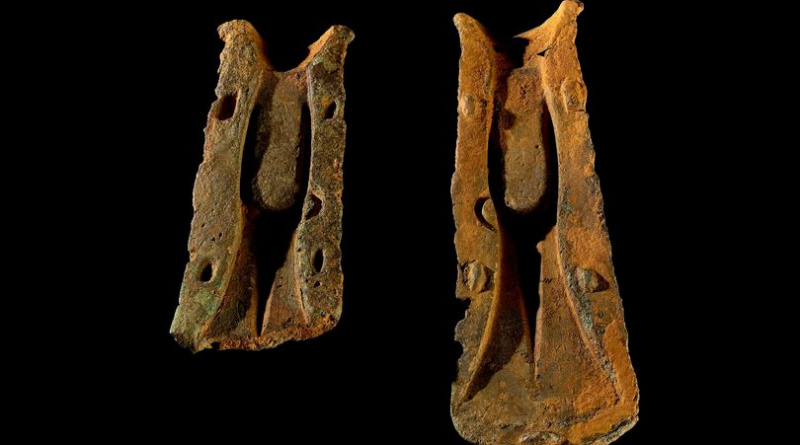Bronze Age axe mould – Treasure or not Treasure?
On Wednesday 1st June 2022 an inquest was held to determine whether a Bronze Age axe mould was Treasure. The Museum of Wales said it was and the finder said it wasn’t. It all turned on an interesting point of law.
The Find
The find was unearthed at a depth of about 18 inches by George Borrill, an experienced detectorist from Llandudno Junction, on a field in Conwy on 12 August 2017. He said “They were upright and with a hole in the top. I thought they were something to put an old railing in“.

The significance of the find site is that it is only some three miles from the Great Orme Bronze Age copper mines. The mines were discovered in 1987 during a scheme to landscape the area. They are thought to be the largest prehistoric mine so far discovered in the world.
George reported his find to the PAS Wales who decided that it should be considered for Treasure.
Treasure or not Treasure
As you can see from the main image, the mould comes in two parts; they are a matching pair that lock together, with the projecting lugs of one half fitting into the recesses of the other. At the inquest, George said that they constituted one object: arguing that the two halves served no purpose on their own and were found touching and face-to-face. “One was no good without the other and I don’t believe it is treasure” he said.
However, Adam Gwilt, principal curator at the National Museum Wales, argued they were two discrete items, noting that they had different decorations on them. As more than one item they would qualify as treasure under the Treasure Act. Mr Gwilt said that there were precedents for such a interpretation, including a case where parts of a chariot, found in Pembrokeshire, were declared Treasure. The coroner agreed and declared them to be Treasure.
National Museum Wales now hopes to acquire the moulds, once they have been valued. George said he did not agree with the judgment but was not surprised, although he added “If it had not been declared as treasure I would have given the National Museum the first chance to buy it“
What do you think; should the find have been declared Treasure?
The moulds
The moulds which are very well preserved are about eight inches long and believed to date to 1400 – 1275 BC. Adam Gwilt said: “This is a significant new archaeological find for Wales. Moulds such as these are quite rare across Britain. It is likely that the nearby Great Orme Bronze Age copper mines provided the local source of copper for bronzesmiths. Tin from Cornwall was accessed, to mix with the molten copper to form these bronze artefacts. This matching pair of moulds appears to have been deliberately buried, rather than being recycled at the end of their lives, perhaps during a symbolic act of returning these powerful objects to their place of origin“

